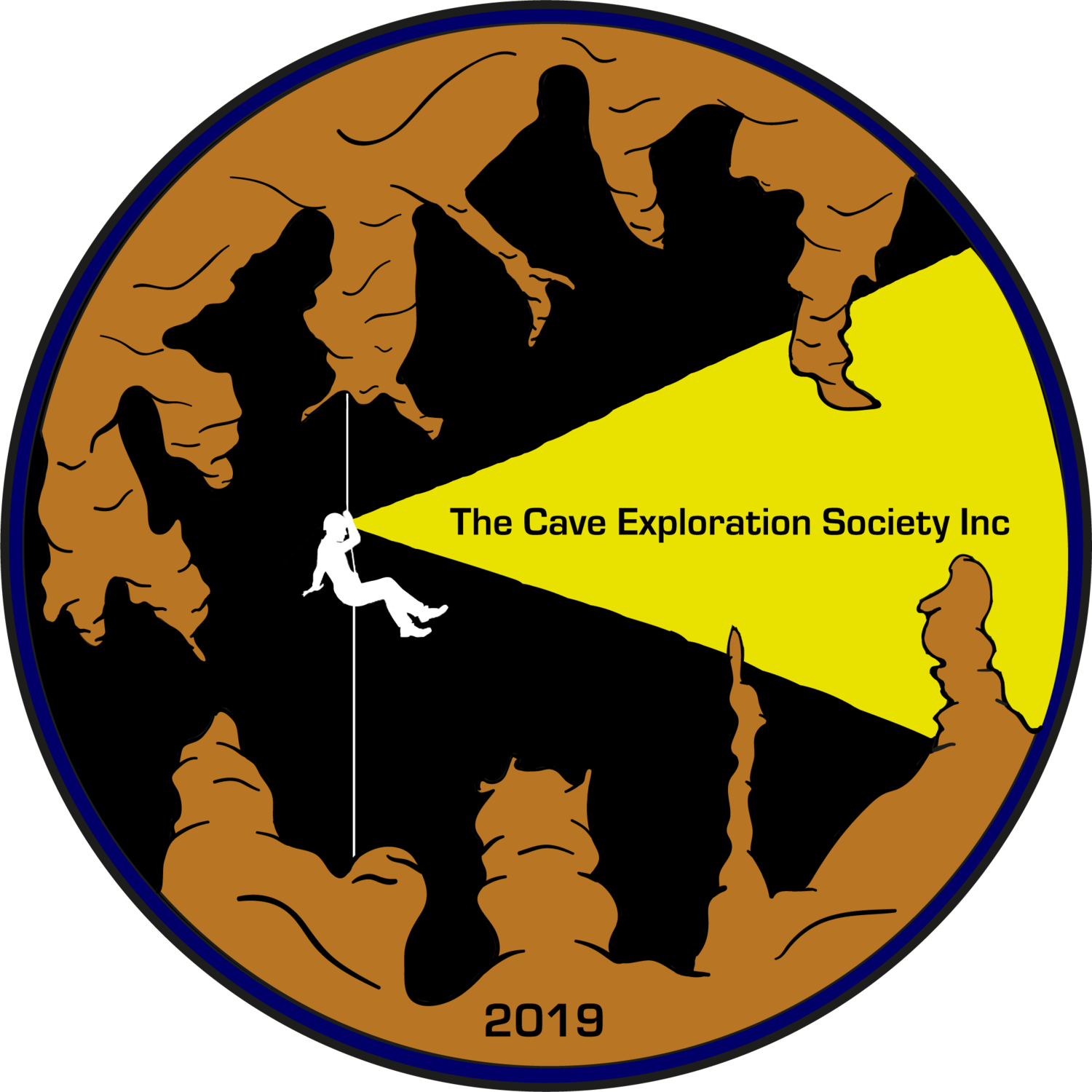1,000 men cave - Sulaymaniyah, Kurdistan
Background
The authors will do their best to share accurate cultural information about Slemani and the region. Some of the information may be controversial or debated by different groups.
Kurdistan is a semi-autonomous region in Iraq with its own government, military, language, culture and ethnic group: The Kurds. The Great Kurdistan is a larger, less defined region that encompasses parts of norther Iraq, western Iran, southeast Turkey and northeast Syria.
Slemani is another name for the city of Sulaymaniyah, which many people call the cultural capital of Kurdistan. (Slemani will be the name used in this article for no other reason than it is easier to spell.) Erbil is the capital of the region. Depending on the source of information, Slemani has a population of 750,000 to 2,300,000. The author surmises the large discrepancy may stem from not differentiating the city of Slemani with the province of Slemani.
The Kurdish people are the world’s largest ethnic population without a home country. (This is a commonly quoted figure.) They are not Arabs, but their own diverse ethnic group. According to Wikipedia, Kurmanji, Sorani and Xwarîn are the most common languages, listed in decreasing order of commonality. Written Kurmanji is derived of Latin Script and somewhat resembles the Turkish alphabet, while Sorani script has evolved from Arabic writing.
Kurdistan has experienced a long stretch of economic growth and stability, and regional safety, after the fall of Saddam Hussein. At no point did any members of the expedition feel unsafe or unwelcome. It was quite the opposite.
Planning
This expedition was sponsored in part by Marlow Ropes. They generously donated a lot of rope to The CES and asked for nothing in return. Without their support much of this expedition wouldn’t have been possible. After you are done reading this article, please take a moment to check out their Website and Facebook page. Marlow Ropes manufactures their own ropes in the UK, including Dyneema cord, static rope and dynamic rope. The CES sells Marlow Ropes on our webpage CaveExploration.org/gear. The CES uses the proceeds to support our expeditions and research.
For the past year, The CES has been planning a small expedition with The Peaks Mountaineering Crew (PMC), which is lead by Kamaran. The goals of the expedition were 1) Conduct in person, vertical training sessions that expanded upon an online training given by Toufic Nader. 2) Explore a recently discovered pit near Kani Gul. 3) Continue development of the Kurdish Cave Database (KCD). The CES and the PMC believe in an open data policy, the KCD will be publicly available soon. 4) Document caves that have been used over the millennia, and interview cavers and locals about current and historical uses of caves.
hyena cave
To be continued.

